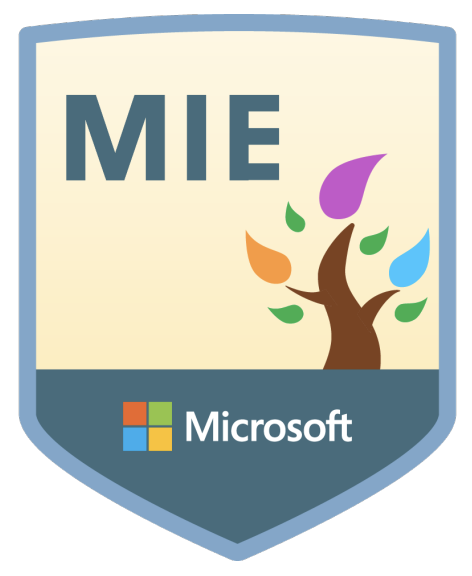We use the PLC model at our high school and our teachers have a common dedicated 50 minute period daily to plan and collaborate. Once a month our students have an early release and our faculty has a three-hour window to come together and engage in professional conversations and learning. Our learning this past week revolved around instructional strategies. Our goals for this learning experience were two-fold:
- Spend time in conversation with your PLC focusing specifically on instructional strategies and not content.
- Explore Lead4ward as a resource and collaborate on strategies that might engage students in a variety of ways in your classroom.
7 Little Words
- Students summarize the content taught with 7 words
- Students reveal their words, discuss similarities/differences, and revise their original list as appropriate
Analogy Challenge
- Students complete the analogy stem below
- » content just taught is like real life idea because __________.
- students share analogy with a partner and explain the relationship
Graffiti
- students draw a one-minute “graffiti” representing a major concept
- students write 1 sentence explaining or justifying their graffiti
- students turn and talk to share responses
Hot/Cold
- students draw a T-chart labeling “HOT” on the left and “COLD” on the right
- teacher lists words/ideas on the white board, and students write those ideas in either the “hot” or “cold” column
- » HOT = list all the words/ideas that make complete sense
- » COLD = list all the words/ideas that are still confusing
- share responses and coach each other on the “cold” areas
Mind Map Learning
- students write an important word or concept in the center of a piece of paper
- use words, colors, symbols, or other visuals connected to the word
- write a summary statement of their essential learning
Picture is Worth a Thousand Words
- teacher shows a visual/picture relating to an important part of the lesson
- students write a description of the visual/picture
- pair up, share, make connections to other vocabulary, processes, and content
- draw a conclusion about the importance of the visual/picture
Ping-Pong Summary
- student partners decide who is ping and who is pong
- ping summarizes/teaches the content just learned
- pong adds to, clarifies, and extends the content just shared
- reverse the roles in the next summary
.A big shout out to @m_squaredBHS and @bellairesoccer for working with me on this! I used a Google Site to organize the content for teachers and we shared the link out to each faculty member. Our PLC leaders lead their teams. What I appreciated the most about the learning experience was listening to the conversations that each PLC engaged in in different rooms across the campus. I am grateful for the commitment to learning that our community engages in.
We asked teachers to reflect and to give us feedback. Below I’ll share a few of the responses that teachers submitted focused on instructional strategies. Full disclosure, the feedback was across the spectrum. There were people that didn’t value the experience and would have preferred to have been working on their final exam. If you’d like to see our feedback & wrap-up form, click here.
“I really want to make sure I am using daily checks for understanding. I currently use fist to five, but like some of the other methods I have learned of. I particularly like the analogy prompt. This is being covered like ______________ because they both __________. It will be useful for comparing how different functions behave the same way and how techniques used to solve one type of equation will also apply to other equations.“
“Lead4ward is a really great tool, and it is something I need to commit to referencing more often. I do think that some of these strategies are semi-elementary, and that some of my students would give me a "what is this" look, and would totally disengage. That being said, the hot/cold is really great for vocabulary, and I can definitely see myself using some of these strategies on a daily basis. Strategies like graffiti really allows students to be a little more visual and creative in their understanding, as that will play to many of their strengths. After all, a picture is often worth 1000 words, and can be just as telling as the written word.”
“I loved the opportunity to revisit strategies that I know are valuable but sometimes get lost in the everyday classroom rush to get things done. Being purposeful in choosing strategies that will engage our ELs in academic discourse is so important to their language development. “
Asking for feedback is part of what we consider part of our learning cycle with our faculty and staff and I highly encourage everyone to incorporate it into all professional learning opportunities.
If you have additional instructional strategy resources please share them!










 RSS Feed
RSS Feed
